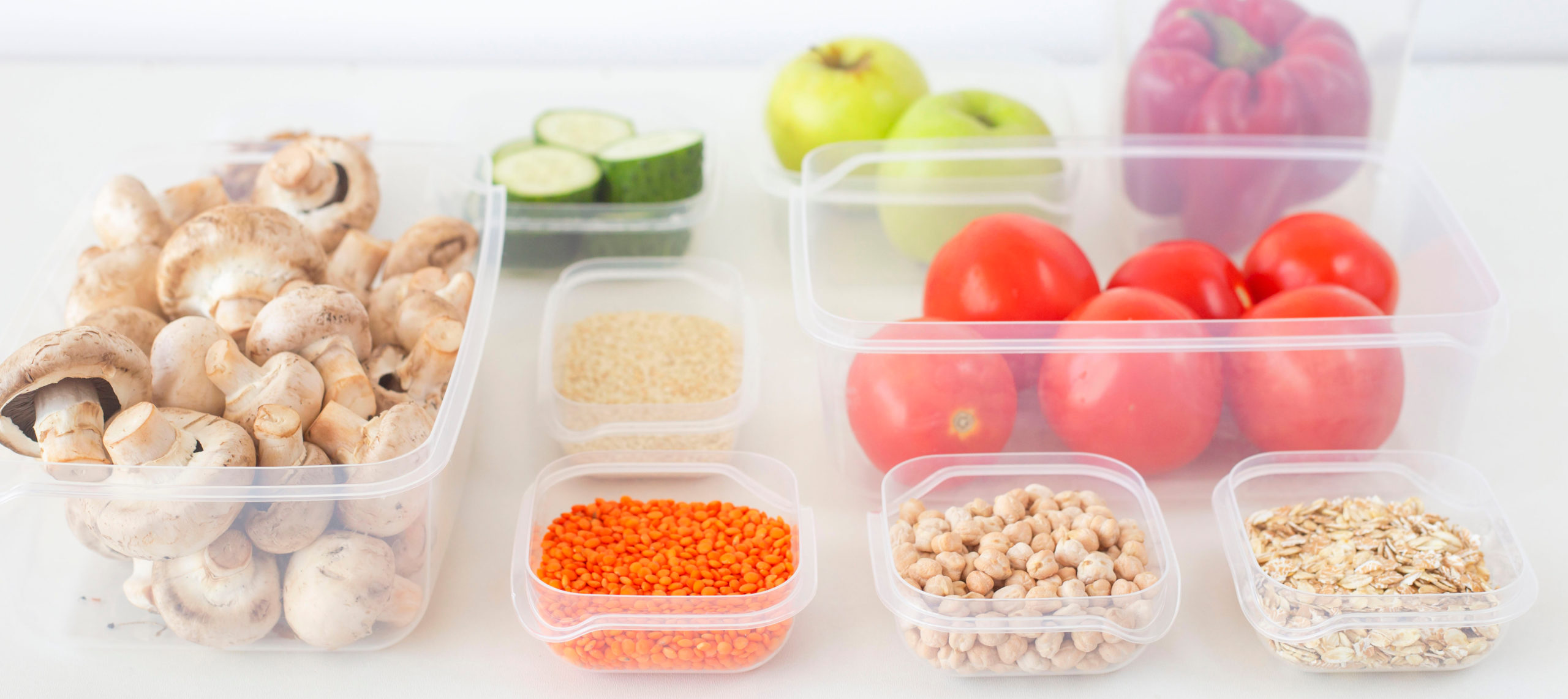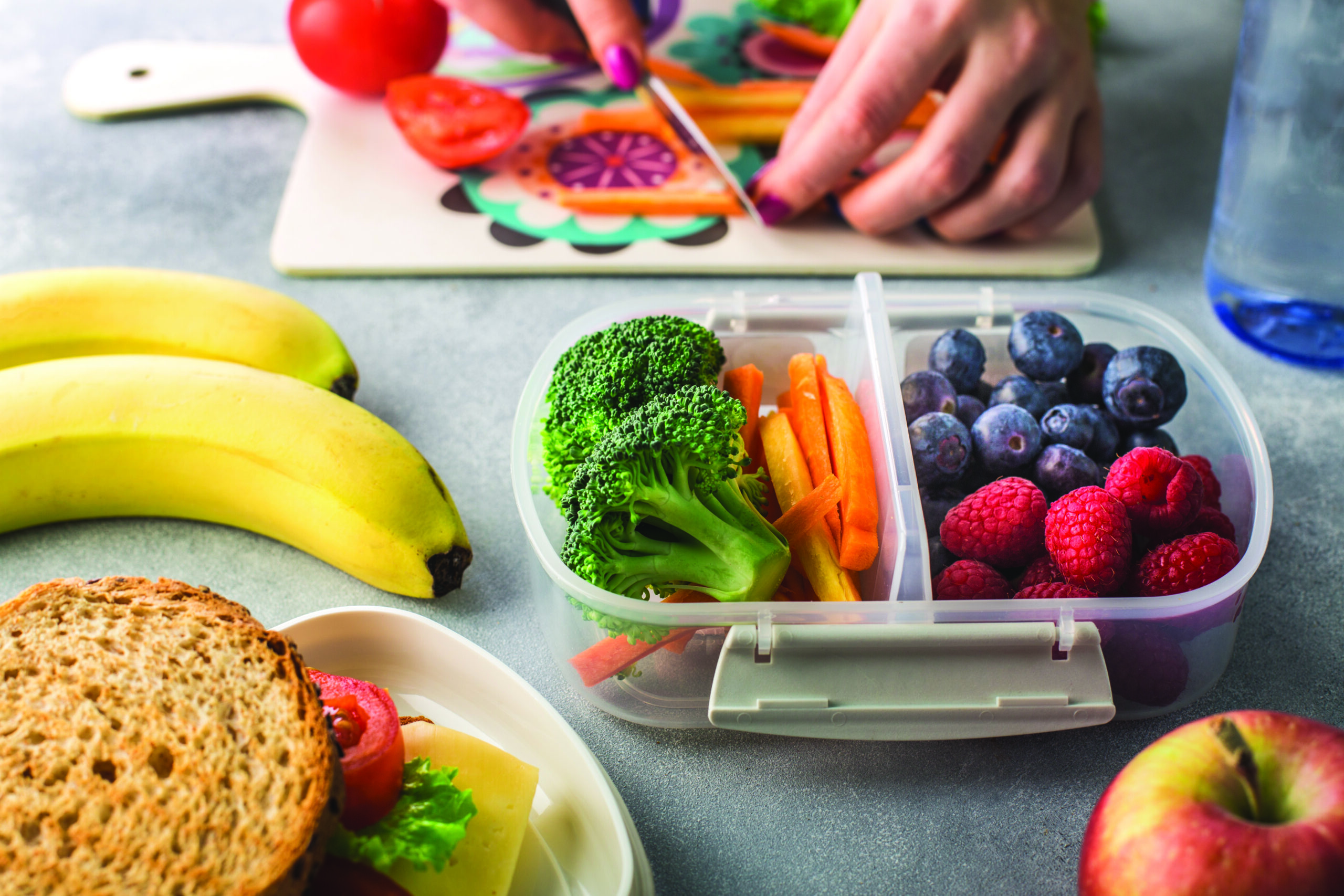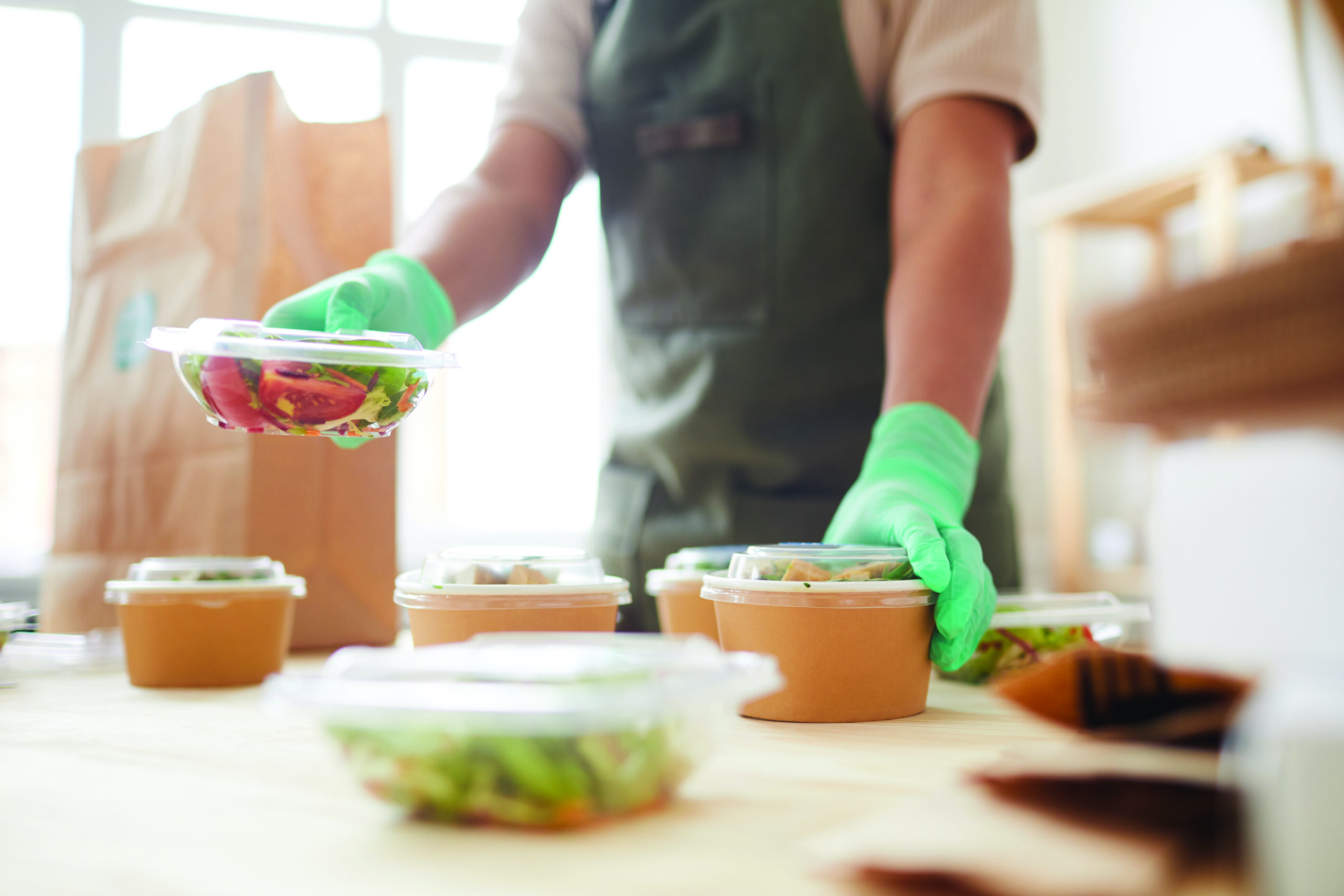by Brandy Abalos
Food is expensive. According to the U.S. Department of Agriculture (USDA), the price of groceries has increased nearly 8% since 2021 and is expected to keep going up. Most people feel frustrated when that costly food goes bad before they have a chance to eat it. It is understandable to want to buy the best quality food and make it last as long as possible.
Dates on food can help shoppers buy the freshest food possible so that it lasts until they’re ready to use it. However, it can be confusing with so many different terms printed on labels.
What Do Dates on Food Packages Mean?
Most dates on food packages are not expiration dates. They are meant to ensure quality, not safety. The following are the most common dates:
»Sell By – This date tells the grocery store how long the product should be displayed for sale. Many foods are good for weeks after the sell-by date. It helps consumers know how long the product has been on the shelf.
»Use By – The manufacturer selects this date to indicate when the food quality may decline.
»Best If Used By (or Before) – This date tells consumers how long the manufacturer can ensure the best flavor for the product.
»Coded Dates or Numbers – These digits identify where and when a product was produced. They are often used in food recalls.
Because the date on food items do not generally indicate safety, it’s important to follow government agency recommendations for storing food.
How Long Does Food Stay Good in the Refrigerator?
Most fresh foods will remain safe to eat in the refrigerator for several days. However, some processed foods will be fine longer. The following timelines are a good rule of thumb for when to throw out certain foods:
»Salad and Other Fresh Vegetables – 4 days
»Hot Dogs and Lunch Meats – 1 week (opened package) or 2weeks (unopened package)
»Bacon and Sausage – 7 days
»Hamburger and Ground Meats – 2 days (uncooked)
»Raw Beef, Lamb, Veal and Pork – 5 days
»Raw Poultry – 2 days
»Soups and Stews – 4 days
»Takeout and Pizza – 4 days
If a product smells bad or looks discolored, it is best to throw it away.
Storing Food in the Freezer
A freezer can preserve foods for much longer. Freeze perishable foods within a few days of purchasing them. While freezing will ensure safety, the quality still declines over time in the freezer. Most foods can remain in the freezer for up to three months without getting freezer burned. Freezer burn removes the moisture from foods and results in declined flavor profiles.
However, if frozen food doesn’t show any signs of freezer burn (ice crystals in the package), then the quality is probably still acceptable.
How Long Do Leftovers Stay Good?
It is safe to refrigerate leftovers and other cooked foods for up to four days. However, large batches can take a long time for the entire pot to cool. Divide it into smaller portions before putting the leftovers away. In any case, food should not be left out of the fridge or freezer for longer than two hours. Ensure reheated foods reach at least 165° F to kill dangerous bacteria.
How Long Does Food Stay Good If the Power Goes Out?
Keeping the fridge and freezer closed as much as possible can extend the amount of time food is safe during a power outage. A refrigerator will typically keep food cold for at least four hours, and a full freezer will remain cold enough for up to 48 hours. If the power is out for longer, discard everything in the fridge and freezer.
Ensure that the thermometers in the fridge and freezer are accurate. Refrigerators should stay at or below 40° F, and freezers should be at or below 0° F. If they get any warmer, the food inside may be unsafe to eat.
Keep Food Safe by Understanding Dates and Storing it Carefully
Government agencies and scientists have researched and determined guidelines for food safety. Food manufacturers also work to provide the best possible products with the longest shelf life. By understanding key terminology on food packaging and storing food safely, consumers can ensure their food’s quality and reduce waste.








Leave A Comment